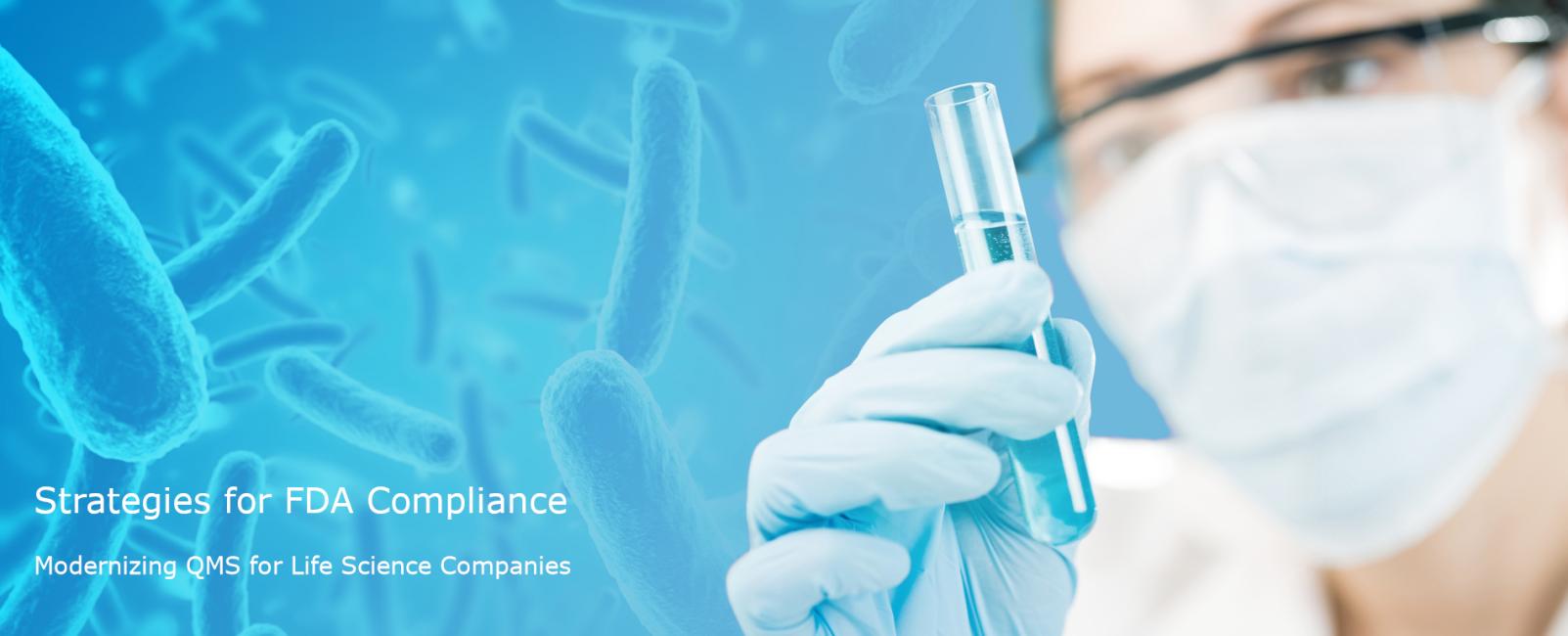
The Right Approach for the Right Solution. How we are different
Document Control, Controlled Copies, and Record Retention
The world of document control continues to evolve.
With the issuance of FDAs 2018 guidance document on “Data Integrity and Compliance with Drug CGMP” and changes to ISO requirements around the same time, true document control compliance requires a more targeted and dynamic tool to meet the stringent regulatory requirements.
The typical scenario we hear about is during a visit from the FDA they ask how printed controlled forms are tracked and accounted for in their daily use.
As the FDA then walks through the production area and sees an employee completing a form with no stamped control number and asks where they got that form from. Employee responds that it is the same form they have been using, had made a copy and did not realize that a change had occurred.
FDA observations tell us this situation occurs quite frequently.
- Has this ever happened to you?
- Are you prepared to defend that position or would an automated document control system that manages every single printed page be a better approach?
- Imagine if you could pull up a screen and show that every page has a stamped controlled number with the date, time and who requested the form with total traceability. Interested in hearing more?
Challenge:
Document control must now include control of the hard copy beyond just the management of procedures.
- You must know what controlled document was printed and by whom.
- You must be able to track the document until it is returned to document control for proper reconciliation.
- Finally, the document must be properly stored in a controlled area until its record retention period has been met.
Unfortunately, the tools on the market have not kept up with the changes required of the document control department. These products have focused on basic requirements of the document control process.
They have ignored how to handle the hard copy document and most important record retention throughout the document’s life cycle.
Solution:
Azimuth realized there was a shift in early 2018 when the FDA began issuing 483s for data integrity issues related to controlling the hard copy document and data retention.
- We examined the requirements of ISO and the FDA’s guidance document;
- We looked at the vendors in the market and found only one vendor that was willing to step up and ensure that these issues would not be a problem for any life science document control or quality assurance department.
The SoftExpert solution handles typical document control functions, such as:
- Creation, revision, review, and retirement with workflows and full compliance with 21 CFR Part 11 and predicate rule requirements.
Were it sets itself apart from others is in the management of:
- hard copy-controlled documents, using unique identifiers at the page level, and
- record retention requirements, both local and remote for the life of the document.
The software is in full compliance with FDA’s 2019 “Data Integrity and Compliance with Drug CGMP” guidance and all ISO standards for the management of documents, both electronic and printed copies, and complete record retention requirements. No other product on the market has the capabilities.
Azimuth Compliance Consulting can provide your organization the guidance and training you need to reach your organizational goals.
First, you should decide which path to follow.
Your Options:

